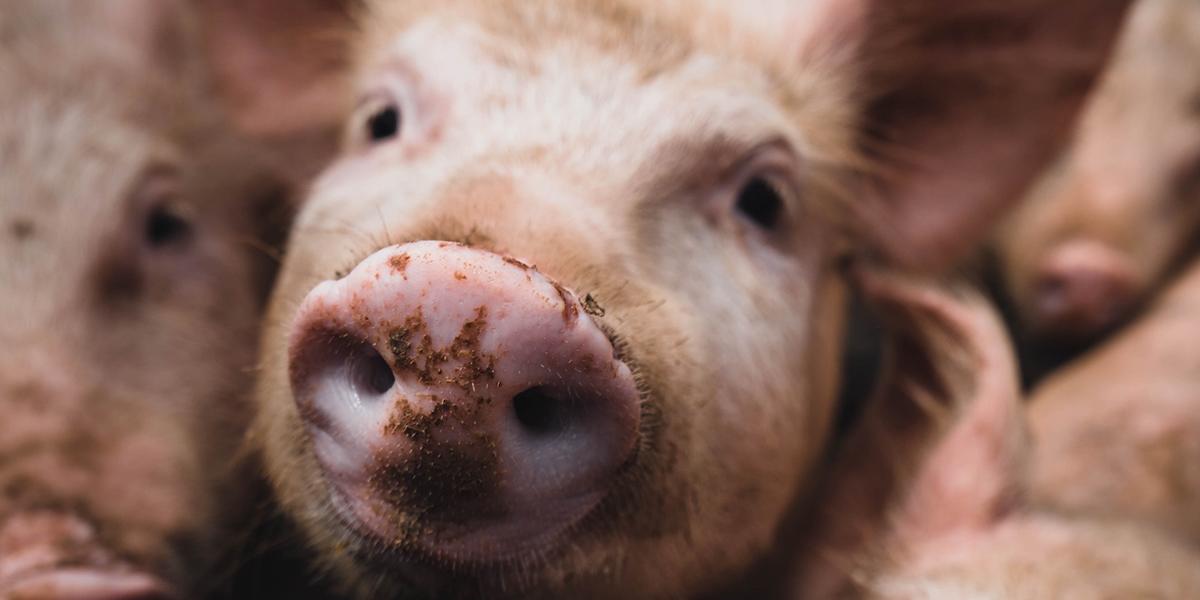Montserrat Torremorell, DVM, PhD, professor in the Department of Veterinary Population Medicine, recently led a team of University of Minnesota researchers in an effort to establish the best method for detecting and extracting captured virus particles from swine barn air filters.
Airborne diseases, such as influenza A (IAV) and porcine reproductive and respiratory syndrome virus (PRRSv), circulate on swine farms, costing the industry hundreds of millions of dollars annually. Swine producers invest in air filtration to decrease the risk of new virus introduction, but particles trapped in the filters must be removed and characterized to improve disease control efforts and to classify the types of viruses affecting herds. The researchers determined that grinding used filters with liquid nitrogen and using a chemical solvent to extract viral genetic material worked best.
This allowed them to confirm circulating strains of virus trapped in filters at barns where herds remained uninfected. The scientists confirmed particles of PRRSv and IAV in many of the farms, which reflects likely evidence of virus spread in air particles between herds. Application of this technique for analyzing virus particles from filters in barns in additional studies will help to prevent disease spread and clarify airborne virus transmission between herds. This study was funded by the Swine Disease Eradication Center and published in the Journal of Aerosol Science.




